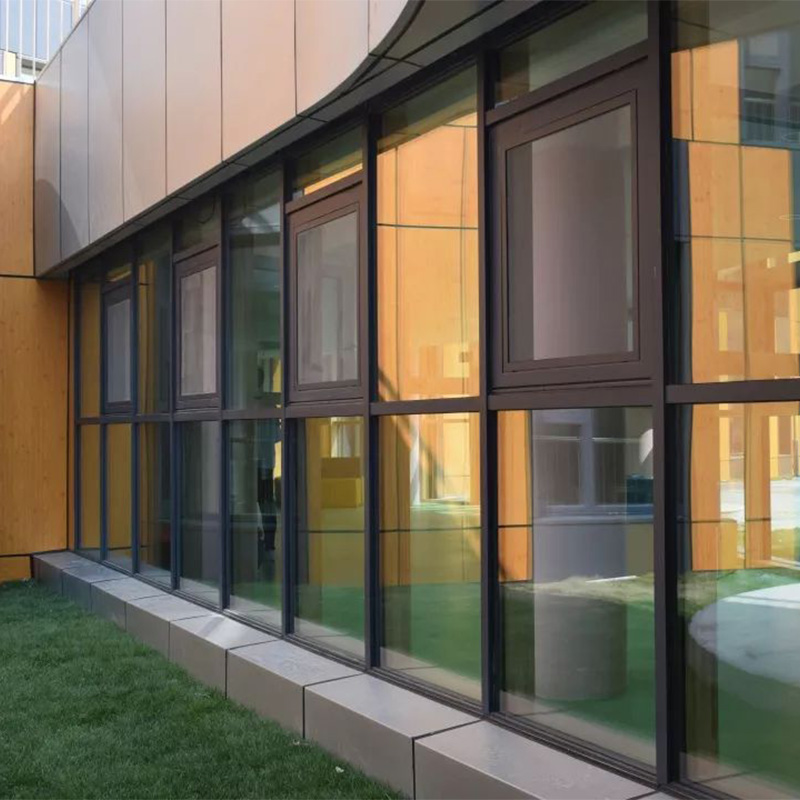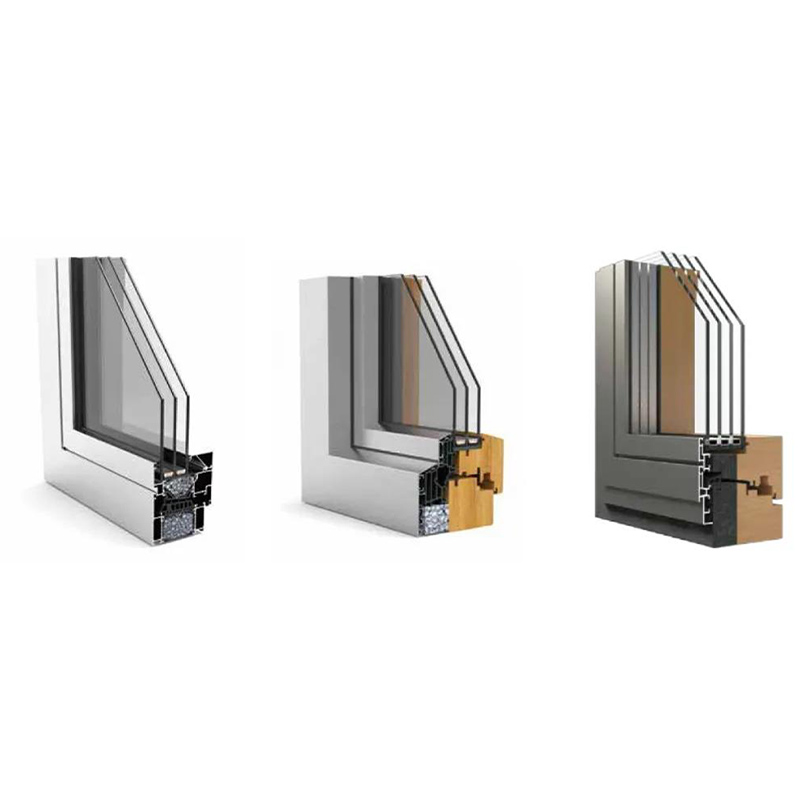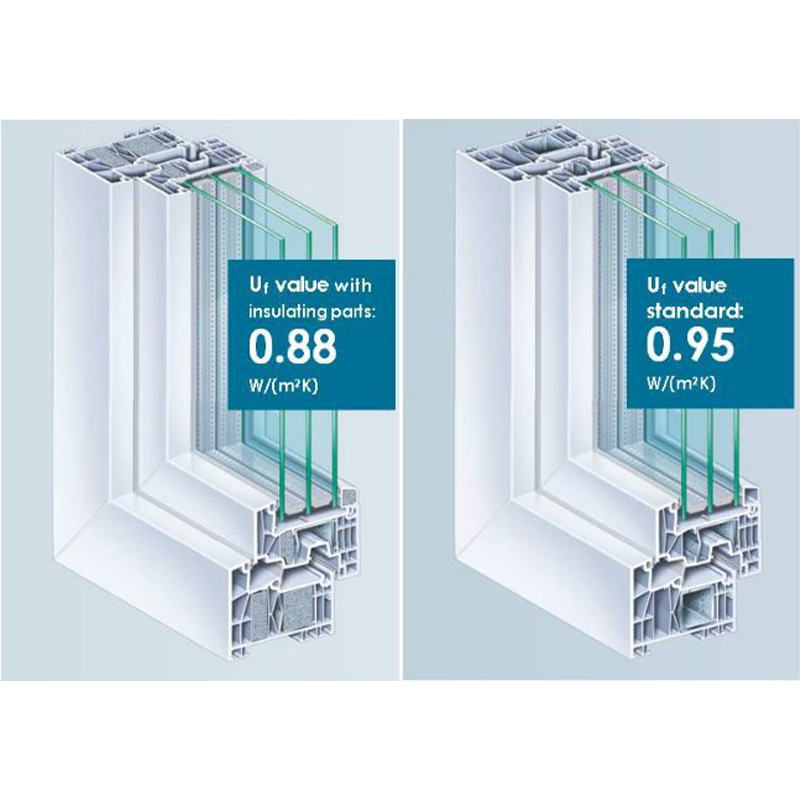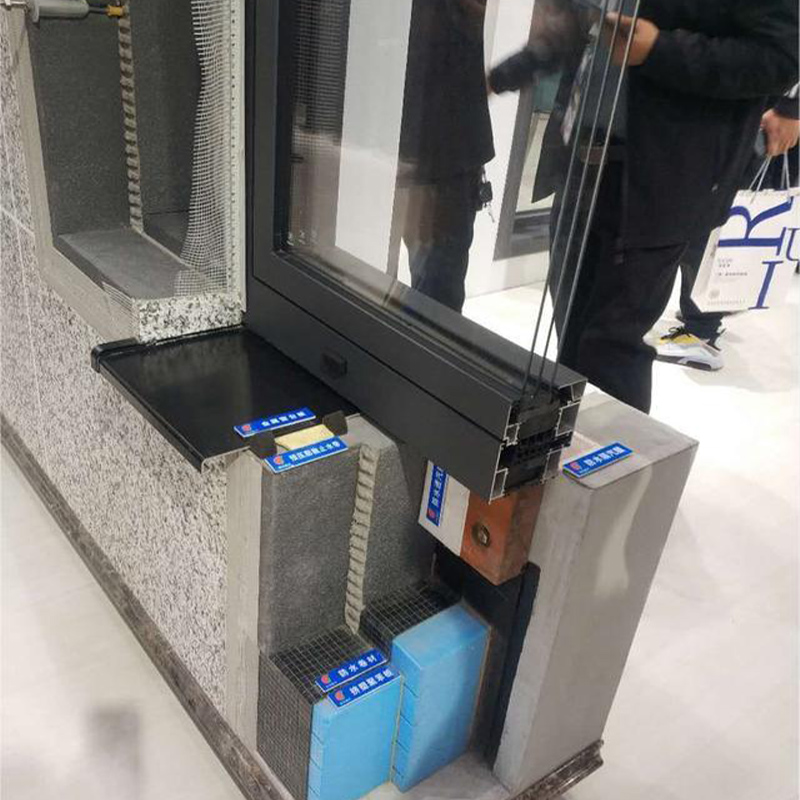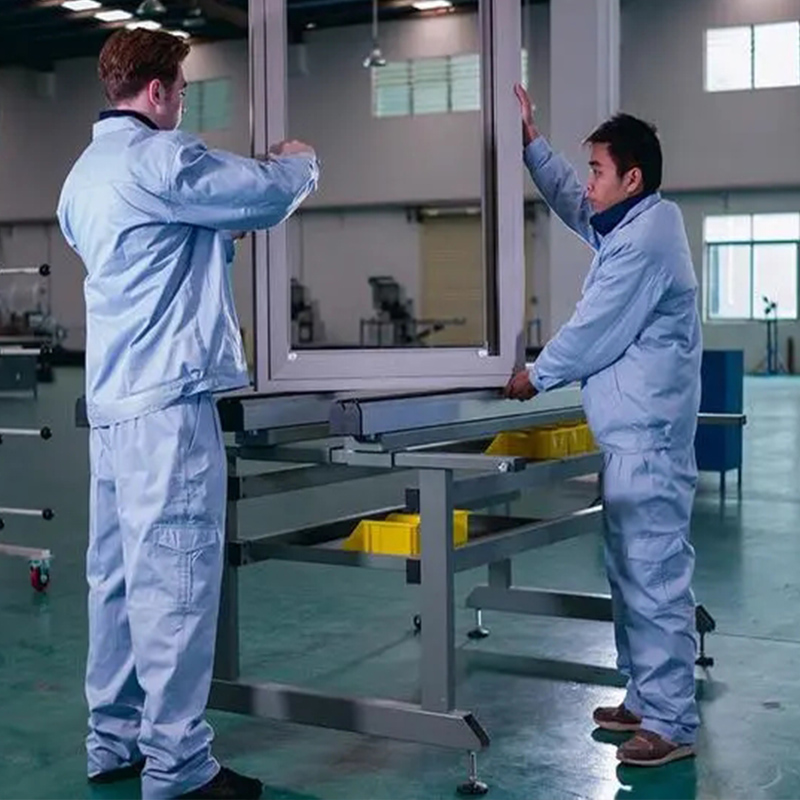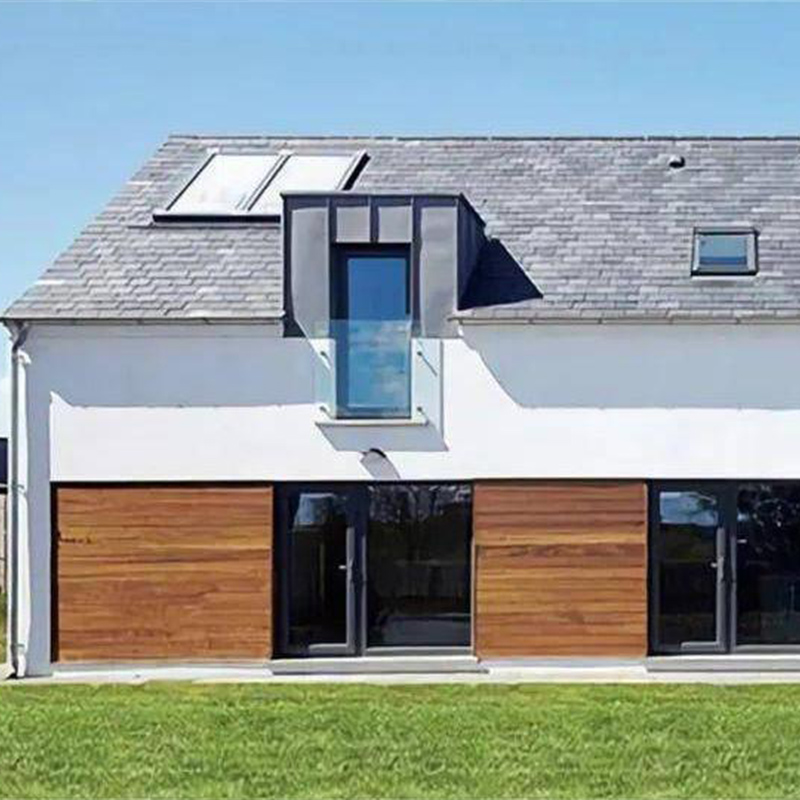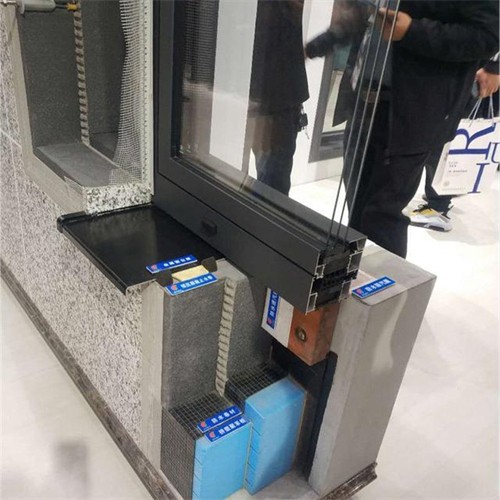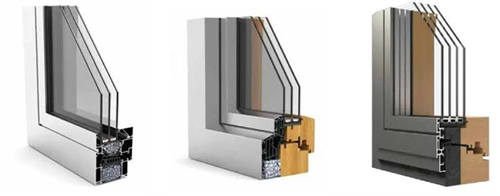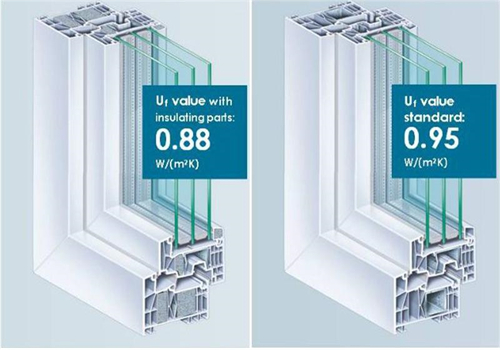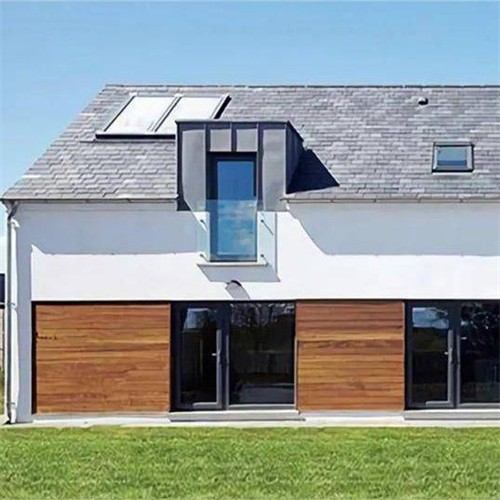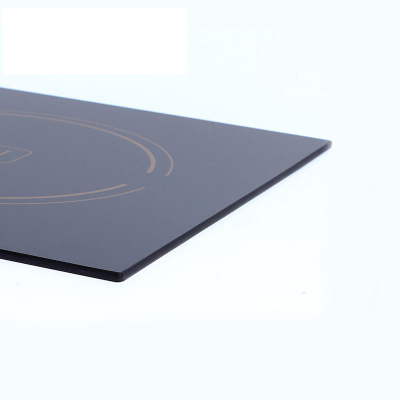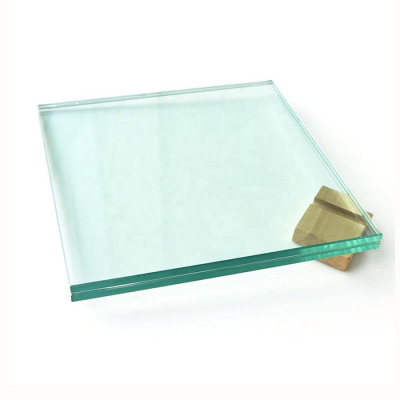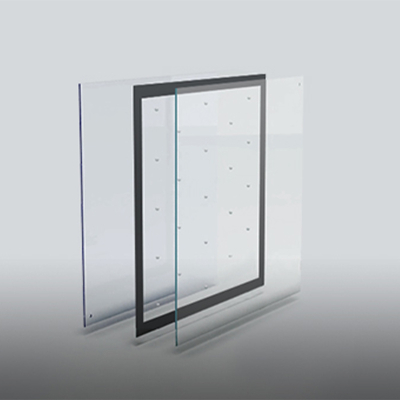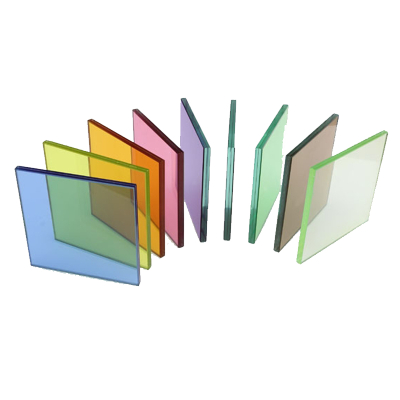Window and Door for Passive House
1. Thermal Performance: Passive House windows and doors are designed to minimize heat transfer between the interior and exterior of the building. With triple-glazed glass and insulated frames, these windows and doors significantly reduce thermal bridging and heat loss, ensuring a well-insulated building envelope.
2. Airtightness: Passive House windows and doors are meticulously sealed to prevent air leakage. This airtightness helps maintain a constant indoor temperature, reduces energy loss, and enhances overall energy efficiency. It also improves indoor air quality by preventing the infiltration of dust, pollutants, and allergens from outside.
Product Description
Windows and doors are key components of Passive House design, known for their high energy efficiency. In a Passive House, windows and doors are carefully selected and installed to minimize energy loss and maximize thermal performance. Triple-glazed windows with insulated frames are commonly used to reduce heat transfer. Airtight seals and high-quality gaskets are employed to prevent air leakage, ensuring the building envelope remains intact and energy-efficient. Passive House windows and doors also consider solar heat gain, allowing for maximum gain in winter and shading in summer. Proper installation is crucial to maintain the desired energy efficiency and comfort levels. The benefits of using Passive House windows and doors include reduced energy consumption, lower energy bills, and a more comfortable living environment.
Product Advantages
Passive House windows and doors offer several advantages in terms of energy efficiency and comfort. Here are some key benefits:
1. Thermal Performance: Passive House windows and doors are designed to minimize heat transfer between the interior and exterior of the building. With triple-glazed glass and insulated frames, these windows and doors significantly reduce thermal bridging and heat loss, ensuring a well-insulated building envelope.
2. Airtightness: Passive House windows and doors are meticulously sealed to prevent air leakage. This airtightness helps maintain a constant indoor temperature, reduces energy loss, and enhances overall energy efficiency. It also improves indoor air quality by preventing the infiltration of dust, pollutants, and allergens from outside.
3. Solar Heat Gain: Passive House windows and doors are strategically designed to optimize solar heat gain during the winter months. This means that they allow a significant amount of solar radiation to enter the building, reducing the need for additional heating. In the summer, shading devices or low solar heat gain glazing can be used to prevent excessive heat gain and maintain comfortable indoor temperatures.
APPLICATION


